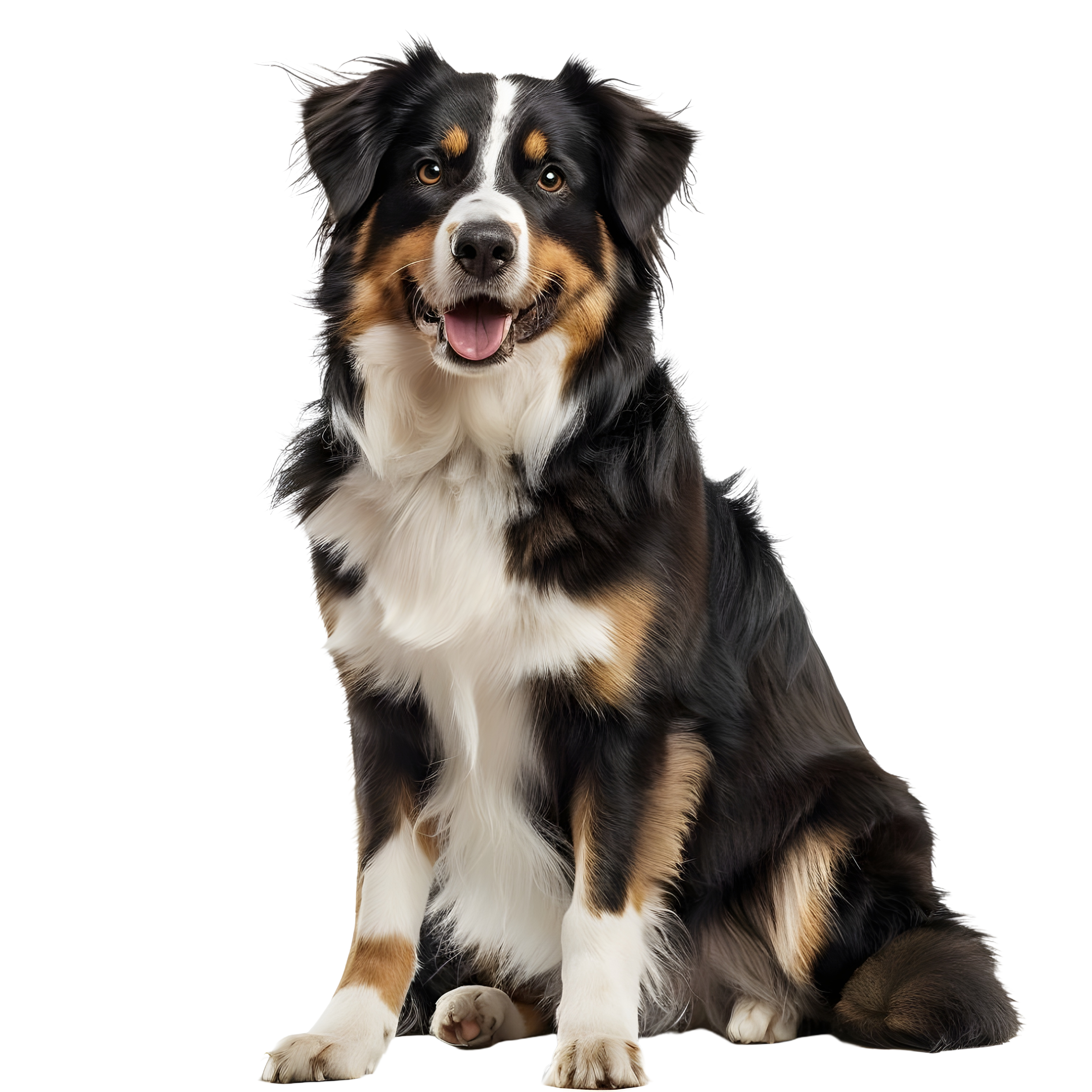
Getting to Know the Vizsla: A Breed Guide
Vizslas are a distinct breed, one that is increasingly recognizable thanks to social media fame. Though you may have seen your first V, as they are affectionately known by many who own them, on Instagram, this dog has been around for a longer than you might think. Take a look back at the history of the breed and learn about what it takes to be the owner of a healthy, happy Vizsla.

History
Vizslas originated with the Magyar people in Europe, eventually becoming reserved as dogs for Hungarian aristocrats, according to the Hungarian Vizsla Society. With a noble lineage dating back as far as the 10th century, the popularity of the Vizsla seems indisputable. But, the breed almost went extinct at one time.
At the end of the 19th century breed’s numbers began a steep decline, and at one point there were only a handful of purebreds in existence, according to The Vizsla Club of America. Though nearly gone, the breed managed to survive and replenish its numbers. The first Vizslas arrived in the United States following World War II, according to The Vizsla Club of America.
Initially bred as hunting dogs, many Vizslas today continue to hunt with their human companions. The dogs are also often used as working companions, serving as sniffers at airports and search and rescue dogs. Though Vizslas have the devotion and skills to hunt and work, they are also happy to be loveable pets.

Breed Characteristics
Vizslas range in height and weight, depending on the sex and the breeder. Males typically range from 22 to 24 inches in height and 55 to 60 pounds, while females are 21 to 23 inches tall and 44 to 55 pounds, according to the American Kennel Club. Their most distinctive feature is their copper-colored fur. The shade can vary from dog to dog. Some are lighter and have almost a more golden color while others are a deeper russet color.
Aside from being beautiful, the short coat on a Vizsla does not require a high level of maintenance. Baths are certainly helpful, especially when your pup gets into some dirt, but you likely won’t need to take your dog to the groomer. Plus, Vizslas tend to be pretty fastidious, spending time each day grooming themselves. Though their coats are short, you can still expect to deal with some amount of shedding. Ginger hairs on your clothes and furniture become a regular part of life when you live with a Vizsla.
Keep in mind that the short, sleek coat can be a liability in winter. Vizslas do not have a thick undercoat to protect them from the elements. If you are going to be spending time outside in cold weather, your Vizsla will likely need a coat to help keep warm.
Vizslas have a pretty typical lifespan for a medium-sized dog. They live for approximately 12 to 14 years, according to the AKC.

Personality Traits
Vizslas have no shortage of personality. Bred as hunting dogs and still used as such today, boundless amounts of energy define these dogs. This breed loves to play and run. Off-leash running, hiking, swimming, fetch and nearly any other form of exercise you can think of are beloved pastimes of the Vizsla.
Although high-energy, Vizslas are also champion cuddlers. These dogs become incredibly attached to their owners, so much so that they have earned the nickname of “Velcro Vizslas.”
Though they may adore you and follow you around like a shadow, it is important to know that these dogs can be tricky to train. They have an independent streak and a tendency to become distracted by their environment. You might encounter some stubbornness during training, but persistence pays off. Vizslas are intelligent dogs that are eager to be your lifelong companion.

Lifestyles Suited to Vizslas
It is hard to see a Vizlsa without falling in love. The soft fur (seriously, their ears feel like they are made of velvet) and the golden brown eyes certainly make for a photogenic pup. But, any prospective owners need to consider whether or not the needs of the dog are compatible with their lifestyle.
Given how affectionate and energetic Vizslas are, long hours alone in a crate or a confined space will likely not go well. These dogs need regular, intensive exercise. Two walks around the block each day isn’t going to cut it. If you don’t have the time or energy to keep up with their energy levels, this might not be the breed for you.
Vizslas can make good family pets, but this is contingent on intensive training. The high levels of energy make these dogs high maintenance. They need to be well-trained, especially if they are going to be around small children. A bounding Vizsla with a wagging tail can easily knock over a toddler. They will also continue to need regular exercise, even if you have a new baby in the family.
For those who love to live an active lifestyle, Vizslas will fit right in to your schedule. They make excellent running and hiking companions. Like with any other dog breed, do your research before you decide to bring a new pup into your home.
Sources:

